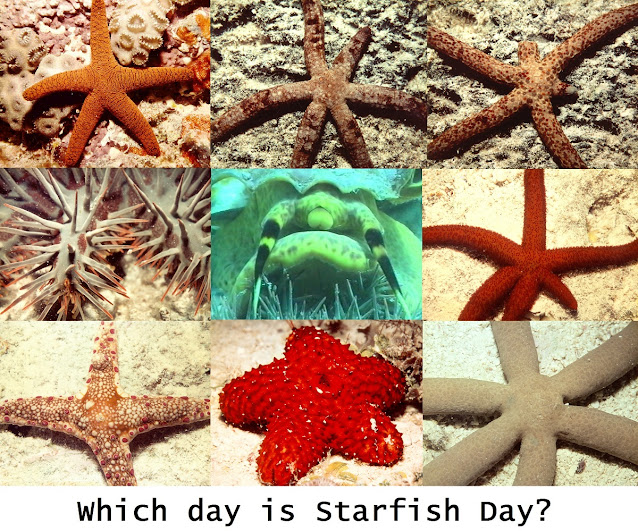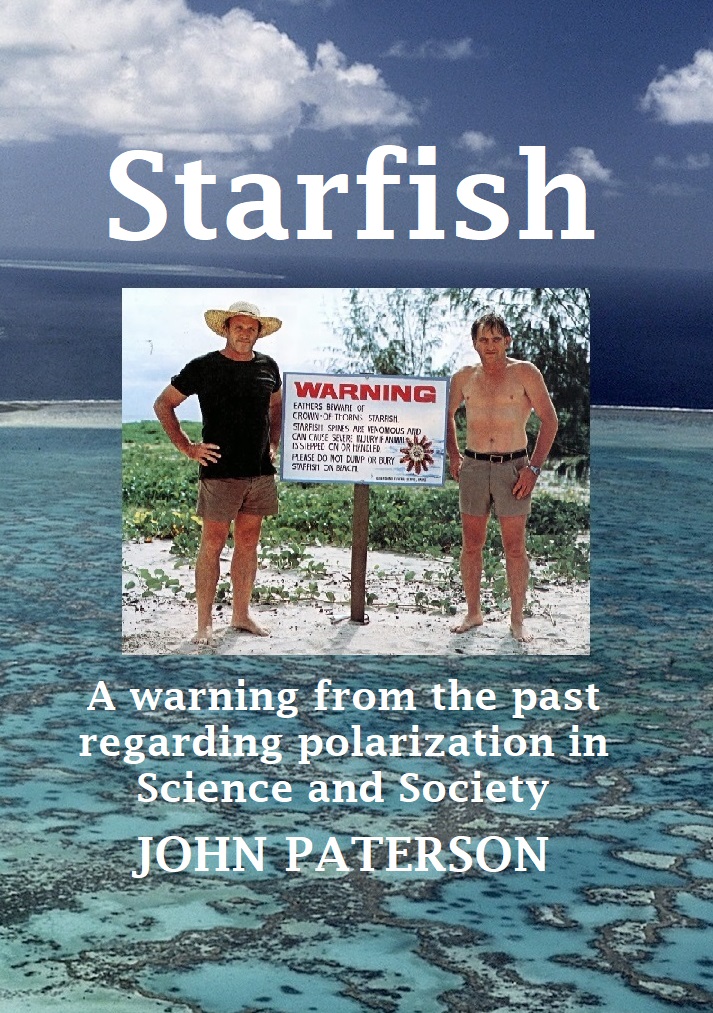Coral Reef Starfish
It was suggested that this delay reflected less frequent stimulus from conspecifics in dispersed populations compared with aggregated populations and that synchronous spawning induced by such stimulus would lead to higher rates of fertilisation when the animals formed an aggregation. Evidence of the existence of sexual pheromones in starfish was presented by Miller (1989). The effect of sperm dilution, adult aggregation and synchronous spawning upon the fertilisation of sea-urchin eggs was reported by Pennington (1985). Pennington concluded that significant fertilisation occurred only when spawning individuals are closer than a few metres.
The consequences of water mixing and sperm dilution for species that undergo external fertilisation were discussed by Denny and Shibata (1989) who found that only a small fraction of ova were fertilised other than in densely packed arrays. They commented that the low effectiveness of external fertilisation may change the way one views the planktonic portion of such life cycles and suggested that this could serve as a potent selective factor.
For the rarer sexually reproducing species, it is apparent that aggregation resulting in the occurrence of an opposite sexed conspecific within the effective fertilisation distance is a condition precedent to successful reproduction. The degree of reproductive success may be strongly dependent on just how close the rare spawning individuals are to each other. While the results of Babcock and Mundy (1992) appear inconsistent with these previous studies, the population density and degree of adult aggregation would be highly relevant factors for both the synchrony of spawning and the level of egg fertilisation in externally fertilising dioecious species. If a low density starfish population is highly dispersed then the degree of egg fertilisation would be much lower than if aggregation occurred.
Read more .....







Comments
Post a Comment